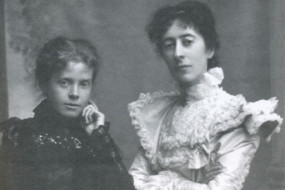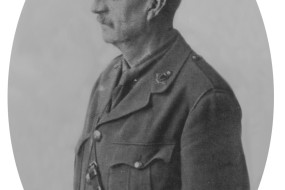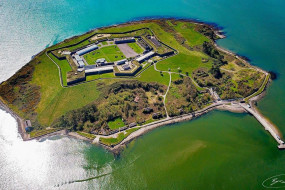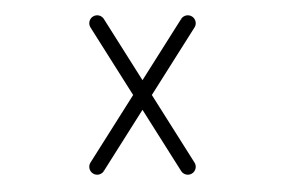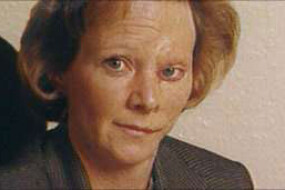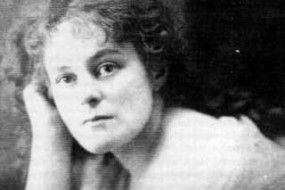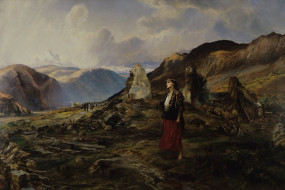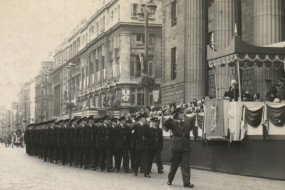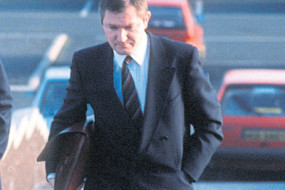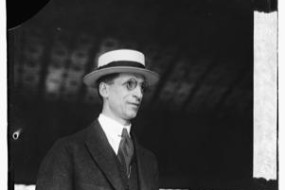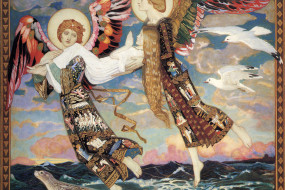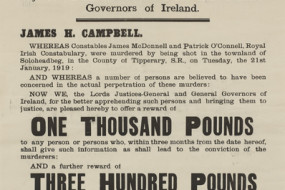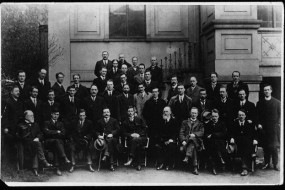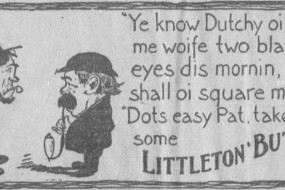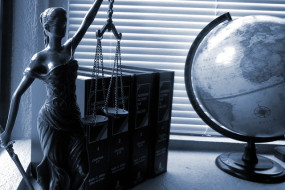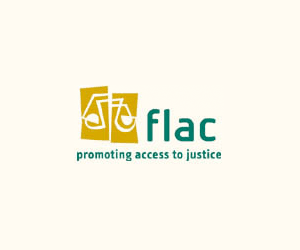Alice Milligan was born in a village just outside Omagh in September 1866, one of thirteen children. Her parents were Methodists of modest means, and whose success in the Irish linen trade brought the family to Belfast in 1879. In Belfast, Alice was educated at Methodist College along with her survi
Our Legal Heritage
On 7 June 1917, William Hoey Kearney Redmond was killed in the attack on the Messines Ridge during the First World War, serving as a major in the Royal Irish Regiment of the British Army. A famous Irish Nationalist, Willie came from a family of parliamentarians – his father, William Archer Red
After several decades as a military fort, and a much earlier history of being a monastic settlement, Spike Island was converted into a prison in 1847.
In January 1992, a 14-year-old girl discovered that she was pregnant. The girl, now known as “X”, had been subjected to sexual abuse at the hands of her friend’s father since the age of 12, and when her parents were on a trip to Lourdes in August 1990, he raped her for the first ti
Twenty years ago today, on Monday 15 March 1999, human rights lawyer Rosemary Nelson was murdered by loyalist paramilitaries. A bomb had been attached to the underneath of her car, and detonated when she pressed the brakes as she reached the bottom of the road from her home as she drove to her offic
Having witnessed evictions in 1885 which she described as the “wholesale destruction of the little houses of the people”, Maud Gonne said this “changed the whole course” of her life, transforming her from a “carefree society girl into a woman of set purpose”, dete
On 23 December 1881, 21-year-old Hannah Reynolds was sentenced at the Petty Sessions court to 28 days in Cork gaol for her work with the Ladies Land League. The men in the National Irish Land League were charged under the Coercion Acts, however the women of the Ladies Land League were not to be impr
An Garda Síochána recruits outside the General Post Office 1954 Source: Alison Cassidy Family Collection (GNU Free Documentation License)
Human rights lawyer Pat Finucane was murdered in his home in North Belfast on 12 February 1989. Pat was shot 14 times and his wife, Geraldine, was injured in the shooting, which was witnessed by their children as they hid underneath a table. The only person to be prosecuted in relation to the murder
Éamon de Valera was born in New York on 14 October 1882 to Catherine Coll and Juan Vivion de Valera. Juan Vivion died when Éamon was two-years-old, and so Éamon was taken home to live in his mother’s native Limerick with his uncle (TP Coogan, De Valera: Long Fellow, Long S
On 1 February, the Feast of Saint Brigid of Kildare is celebrated as the day of new beginnings, the beginning of spring, and stories are told of the many miracles attributed to the second patron saint of Ireland.
About three hours before the First Dáil Éireann sat in Mansion House at 3.30pm on the 21 January 1919, the first shots of the Irish War of Independence were fired. Irish Volunteers from the Third Tipperary Brigade had received intelligence before Christmas in 1918 that a large qu
After the Easter Rising, many of the volunteers focused on political activity rather than another rebellion. At Sinn Féin’s Ard Fheis on 25 and 26 October 1917, Arthur Griffith pledged: “we are remaking this organisation of Sinn Féin for the real purpose and object to
The commencement of the Domestic Violence Act 2018 brings significant changes to Ireland’s law on domestic violence, including the introduction of offences under the heading of coercive control, the court’s express consideration of the victim’s psychological and emotional welfare,
This year marked the launch of our weekly Irish Legal Heritage feature, in which Seosamh Gráinséir looks at the people, events, laws and cases that have shaped Irish legal history. Here, we link back to all of this year's instalments. Irish Legal Heritage: The first Irish witch and her



